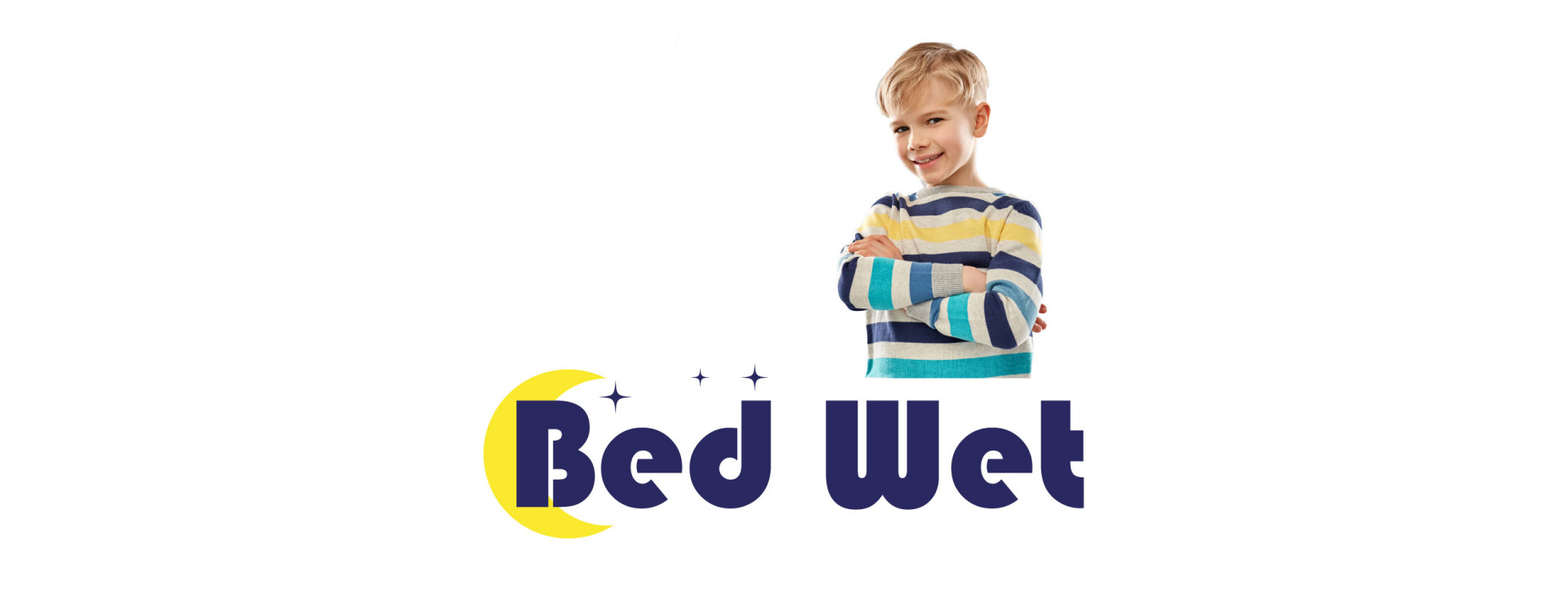An alarm is one of the most effective treatments for nocturnal enuresis.It works by waking the child as soon as the first drops of urine are present , which allows the brain to gradually learn to recognize the signal of a full bladder during sleep.

Incontinence - Taking care of your bladder
Impact of urinary incontinence on social life
Spina bifida prevents most affected children from urinating naturally. Your child may have lost bladder control or may not be able to empty their bladder completely. Incontinence has a significant impact on the social lives of children and those around them.
In the case of a child, incontinence can be embarrassing and can impact their social life (the child may be forced to miss out on parties with friends or school trips). This social withdrawal can be exacerbated when the child is required to wear diapers, which can prevent them from wearing fashionable clothes. The child may lose self-confidence. For parents, daily life is governed by rigorous organization.
Why is bladder emptying so important?

Urine consists of waste products and excess water from the body.
It is produced by the kidneys (1) before being transported to the bladder (2). It is then eliminated from the body via the urethra (3).
It is produced by the kidneys (1) before being transported to the bladder (2). It is then eliminated from the body via the urethra (3).
If your child's bladder is not emptied regularly and completely, it can cause urinary tract infections and potentially lead to kidney damage. These infections begin in the bladder but can then spread to the kidneys, causing serious kidney problems. Incomplete bladder emptying increases the risk of infection. It is recommended to empty your child's bladder 4 to 6 times a day.
Use a urinary catheter to empty your child's bladder
Intermittent urinary catheterization is a method of emptying the bladder using a thin, hollow plastic tube called a urinary catheter. It is an effective and painless way to help your child urinate regularly. The urinary catheter is gently inserted into the urethra to empty the bladder.
It is recommended to empty the bladder, using the urinary catheter, 4 to 6 times a day. Parents will need to perform the urinary catheterization themselves until the child is able to do so independently, usually around the age of 5.
At first, this gesture may seem difficult, but most people usually get used to it quickly.
It is recommended to empty the bladder, using the urinary catheter, 4 to 6 times a day. Parents will need to perform the urinary catheterization themselves until the child is able to do so independently, usually around the age of 5.
At first, this gesture may seem difficult, but most people usually get used to it quickly.
Posted in:
4 - CHILD AND ADULT INCONTINENCE








Latest comments